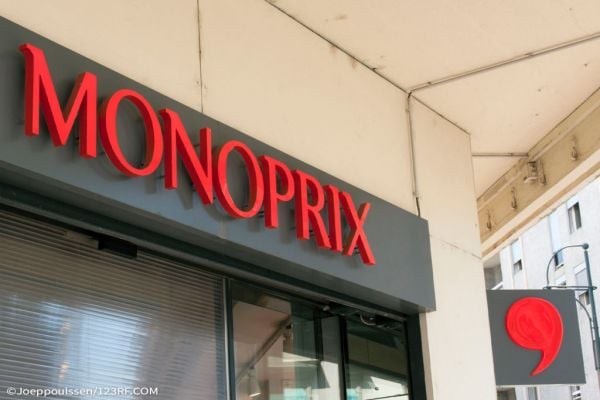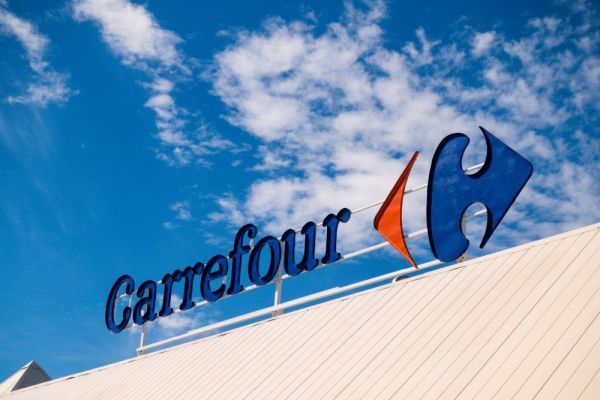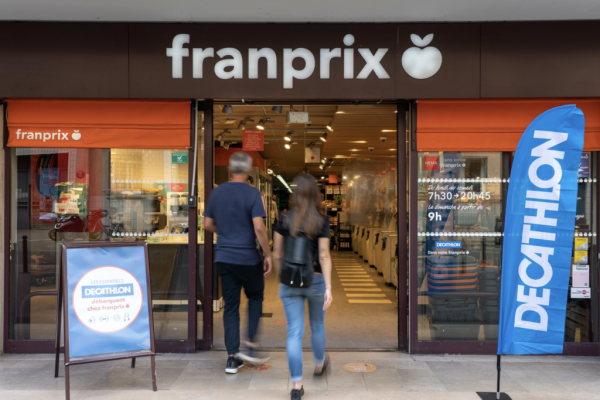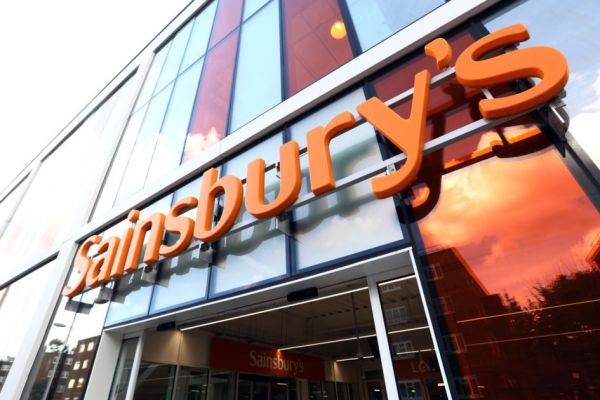While consumers continue to feel the pressure from rising food prices, there are indications that food inflation may have peaked – although the situation remains volatile, a briefing note from Barclays has suggested.
Barclays' report, 'Food inflation may have peaked but it could be a bumpy landing', notes that the FAO Food Price Index peaked in April 2022, falling for ten straight months before an increase last month.
Indeed, the bank also notes that average food price inflation is running at close to 20%, with all major food categories up by a range of 15% to 28%. Milk, cheese and eggs (28.4%) and oil fats (27.2%) are the categories in which inflation remains the most elevated.
Based on Barclays' report, let's look at five reasons why food inflation may have peaked.
1. Recent Declines In Dairy, Cereals, and Vegetable Oil Prices
The FAO food price index's recent increase can be attributed to the continued strength in global sugar and meat prices. However, this was offset by declining prices in dairy, cereals, and vegetable oils. These downward trends suggest that the overall trajectory of food prices may be stabilising.
2. Major Brands Seeing Costs Ease
According to Barclays, pricing among major food companies is expected to ease to mid-single digit pricing by the end of the year, down from double-digit pricing at present, with firms starting to see costs ease.
It noted that Nestlé has already started to see some gross margin improvement in the first half of its financial year, while for Danone, the costs of certain commodities (plastic, oil-based costs) have come down. At the same time, milk, sugar and wage costs still remain elevated.
3. Agricultural Inflation Plateauing
Agricultural inflation, which serves as a leading indicator of food price inflation, has plateaued but remains significantly higher than the previous year, Barclays said. However, lower fertiliser and energy prices are expected to ease costs in the upcoming months.
One factor that could potentially cause disruption, however, is El Niño, which can alter rainfall patters and affect commodities such as corn, wheat and soybeans.
4. Projected Decrease in Food Pricing
According to Barclays, the first quarter of 2023 is likely to have represented the peak of food pricing, with the bank anticipating a step-down by the end of the year.
While list pricing may not see significant changes, increased promotional activities are expected, particularly in commoditised categories and those with higher private label penetration.
5. Retailer Activity
Several food retailers have already sought to reduce prices in some commodity categories – for example, Tesco has cut the prices of 30 of its own-label essential items such as pasta and sunflower oil, Barclays noted.
According to Barclays, it is worth keeping an eye on France over the coming weeks, where the government is pushing for the annual price negotiations between retailers and suppliers to be reopened to help push down food prices. According to economy minister Bruno Le Marie, this means that the "inflationary spiral" could be broken by the autumn.
Read More: French Food Companies, Retailers To Renegotiate Prices, Says Bruno Le Maire
'We do expect food prices within organic growth for the food producers to start to slow from the peak of Q1-23,' Barclays said in its briefing note.
'Although gross margins are already recovering for US food companies, recovery has been slower for the European food players such as Nestlé. We think this is largely explained by the bigger weighting to Europe and the natural under recovery due to annual price negotiations (vs more dynamic pricing in most other countries).'
It added, however, that with every passing year, global warning is causing 'much more volatility in food supply', which could mean that consumers have to get used to higher food prices for some time to come.
Read More: Private Label Gaining Share In 80% Of Categories, Says Barclays
© 2023 European Supermarket Magazine – your source for the latest retail news. Article by Stephen Wynne-Jones. Click subscribe to sign up to ESM: European Supermarket Magazine.











